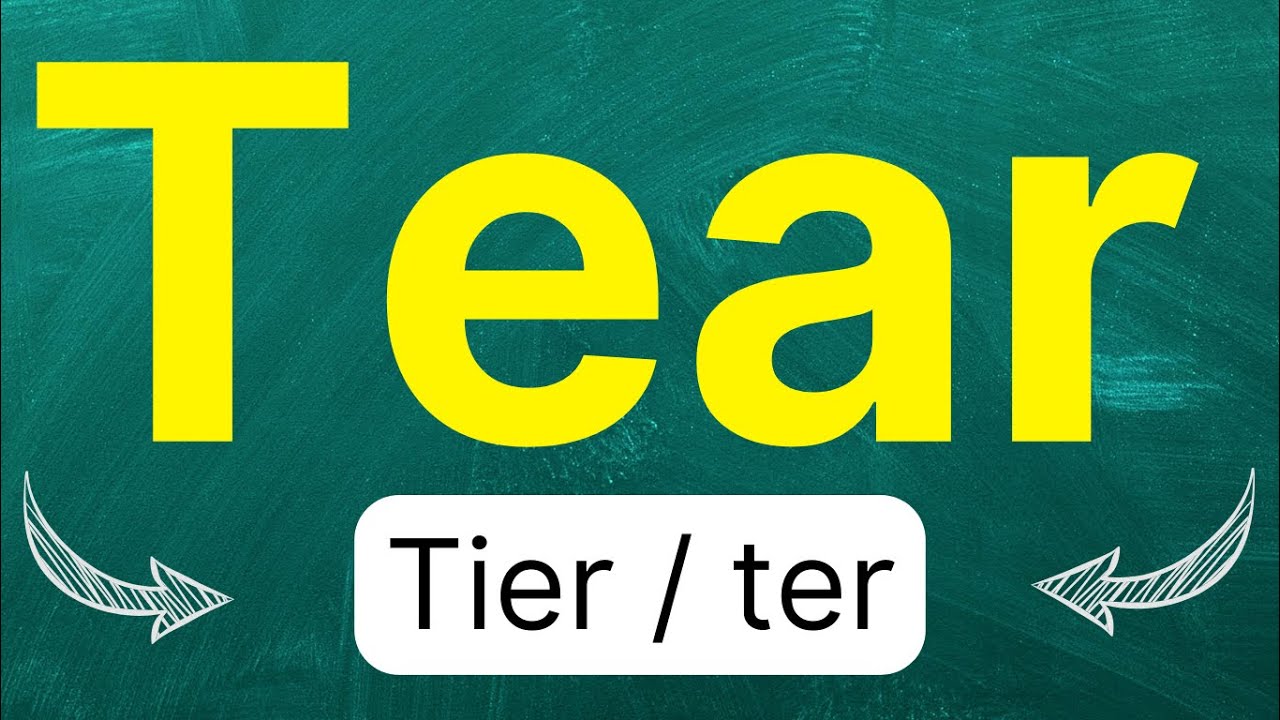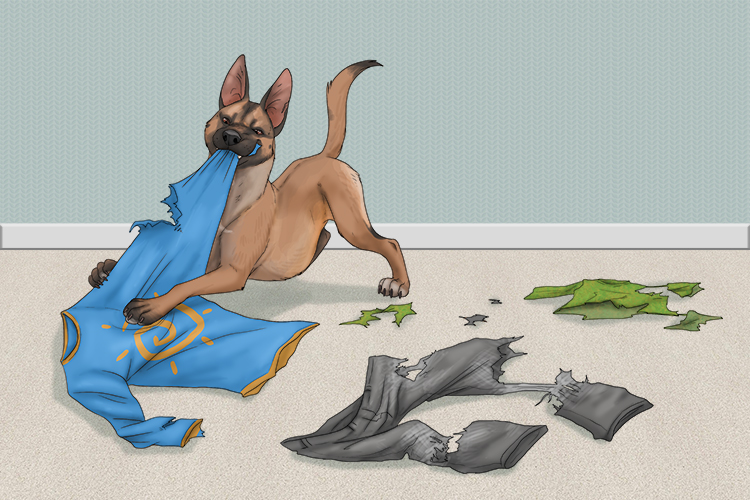So, I decided to figure out how you say ‘tear’ in Spanish today. Seemed simple enough at first, right?

Well, the first thing I hit was, wait a minute, which ‘tear’ are we talking about? English is tricky like that. You got tears from crying, and you got tears like ripping paper or a tear in your jeans. They aren’t the same thing at all in Spanish, as I quickly found out.
Tears from Crying
Okay, first I looked into the eye-watering kind. That one’s pretty common. My process was just thinking about situations, like watching a sad movie or chopping onions. After a bit of digging around, mostly thinking back to conversations or shows I’ve watched, I landed on this word:
- lágrima
Yeah, ‘lágrima’. Like, ‘una lágrima’ is ‘a tear’. That felt right for the crying context. Pretty straightforward for that meaning. I felt good, like, okay, got one part down.
Tears from Ripping
But then, my brain went straight to the other meaning. What about tearing a piece of paper? Or tearing fabric? ‘Lágrima’ didn’t make any sense for that. So, back to square one for that definition. I had to think about the actual action of ripping something apart.
For the verb, like ‘to tear’ something, I started searching for verbs related to ripping or breaking. This one came up repeatedly:

- rasgar
So you’d say ‘rasgar el papel’ for ‘to tear the paper’. Okay, cool, a different verb for a different action. That made sense.
Then I thought, what about the result of the tearing? Like, ‘Oh no, there’s a tear in my shirt!’ That’s not the action, it’s the noun – the rip or hole itself. For that, I found a few words seemed to fit, depending maybe on the severity or exact context:
- un rasgón
- una rasgadura
- un desgarro (I read this is often used for muscle tears too, but can apply to fabric)
So, you definitely wouldn’t use ‘lágrima’ for a hole in your favorite t-shirt. You’d point and say something like ‘Tengo un rasgón aquí’. It’s a completely separate concept.
Wrapping Up
Basically, my little exercise today digging into ‘tear’ in Spanish just proved again that you can’t just swap words one-for-one between languages. You really gotta stop and think about the meaning and the context first.
So, the process was: realize the English word had multiple meanings, tackle each meaning separately, find the specific Spanish word for each (‘lágrima’ for crying, ‘rasgar’ for the action of ripping, and words like ‘rasgón’ or ‘rasgadura’ for the resulting rip). It was a good reminder to pay attention to the details! Just sharing my steps and what I figured out. Hope it helps someone else too.

